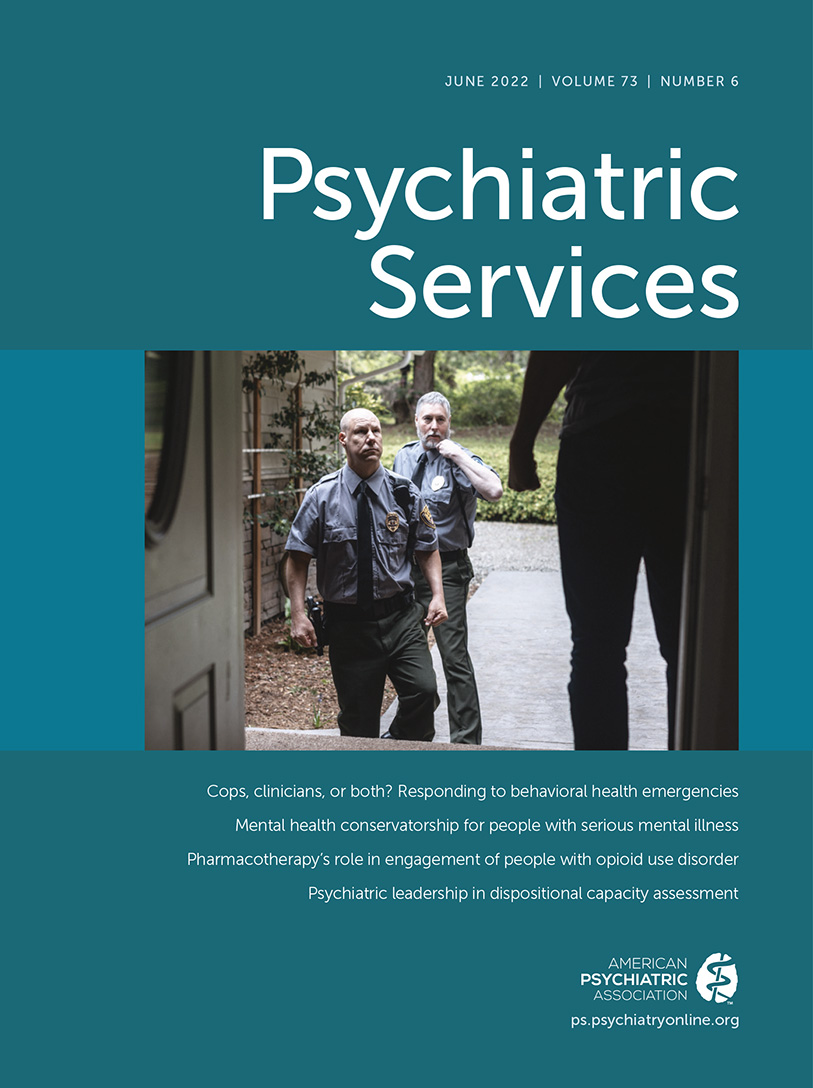Instruments for Measuring Violence on Acute Inpatient Psychiatric Units: Review and Recommendations
Abstract
Objective:
Violence by patients against inpatient psychiatric unit staff is common, causing considerable suffering. Despite the Joint Commission’s 2018 requirement for behavioral health organizations to use standardized instruments, no identified gold standard measures of violence and aggression exist. Therefore, accurate data are lacking on the frequency of patient-to-staff violence to guide development of safer institutional clinical policies or to assess the impact of targeted interventions to reduce violence. To inform recommendations for developing standardized scales, the authors reviewed the scoring instruments most commonly used to measure violence in recent studies.
Methods:
A comprehensive literature search for violence measurement instruments in articles published in English from June 2008 to June 2018 was performed. Review criteria included use of instruments measuring patient-to-staff violence or aggression in acute, nonforensic, nongeriatric populations. Exclusion criteria included child or adolescent populations, staff-to-staff violence, and staff- or visitor-to-patient violence.
Results:
Overall, 74 studies were identified, of which 74% used structured instruments to measure aggression and violence on inpatient psychiatric units during the past 10 years. The instruments were primarily variants of the Observed Aggression Scale (OAS); 26% of the studies used unstructured clinical notes and researcher questionnaires. Major obstacles to implementing measurement instruments included time and workflow constraints and difficulties with use.
Conclusions:
In the past 10 years, OAS variants with evidence of validity and reliability that define aggression and violence have been consistently used. The authors propose that adapting the Modified OAS to collect real-time clinical data could help overcome barriers to implementing standardized instruments to quantify violence against psychiatric staff.



